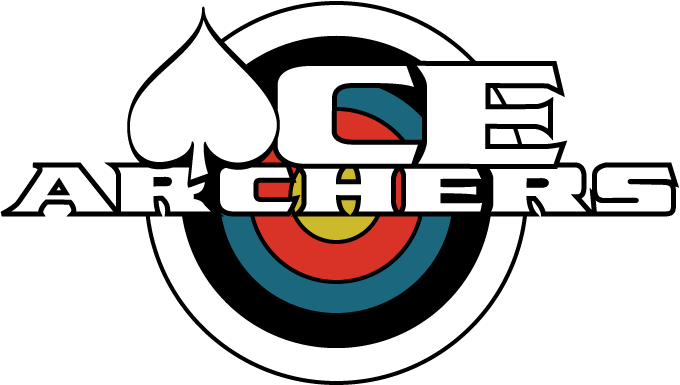The Loading Position is located when the archer has reached the “wall” of angular motion during the draw; that is when most of the angular rotation is reached. The remaining motion is reserved for transfer and expansion which is the point when additional angular rotation would bring the body out of balance. The loading position is a preparation step, like set and set-up; it is not the act of drawing or the act of releasing; it is a position. You must allow the Loading Position to complete to a full feeling of drawing intensity while still allowing for the angular motion of anchoring and transfer. If the loading position is rushed the fluidity of the shot is lost.
The loading position is achieved when the drawing hand is about one finger with away from the anchor and one finger width down from the anchor. The drawing shoulder blade has sufficient stored angular intensity in the back muscles. The drawing thumb may rest against the neck, but do not allow the wrist angle to change. The drawing thumb position is a result of the draw reaching the correct loading position, the drawing thumb touching the neck is not the cause of Load Position. The end of the draw is felt in the muscles of the back and the core and the archer’s focus must be on the back and core muscles, not the position of the string or the drawing thumb.
There may be a very small angular motion at loading position. There may be a very small movement of the draw shoulder blade towards the spine. There may be a very small shoulder blade movement down. All of the shoulder blade movements should not exceed 1 cm.
At the loading position the drawing ratio will have changed to 80% in favor of the back and 20% in favor of the hands. The holding power should already be transferred to the back muscles at the loading position. The purpose of angular drawing is to transition the holding force to the back muscles without compromising the secure hook on the string. During the final inches of the draw, more of the transfer to the back muscles occurs. During the last stage of the draw, the draw motion is slowed down to control the energy stored in the back.
There should be a short pause, about ½ second, at the loading position before the movement up to the anchor occurs; this appears as a brief stillness before the anchor motion begins. This stillness is needed to control, balance and hold the angular drawing intensity in the back muscles.
The loading position is a position of power, not a muscle movement; instead think of controlling and containing the power in the direction you wish, the angular storing of drawing intensity within the body’s core. The archer should feel the balanced power of the bow between the draw side and the bow side. The anchor cannot begin until this feeling and control are established.
The balanced control of the bow, drawing intensity, the position of the shoulder blade and LAN2 cannot reverse direction during the anchor movement. If the control, intensity or shoulder blade position is lost, then the shot is lost.
When the loading position is complete, the archer is 90% ready to shoot. With only 10% still to go, it is very easy to concentrate on doing completing the shot using proper anchor, transfer, expansion and follow through. The feeling of the drawing intensity, bow balance, scapula and LAN2 position must be consistent from shot to shot. If these items change, then the transfer and expansion must make up the difference; and the shot itself will be inconsistent and the time needed to pass the clicker will change and the arrow speed will change. The only difference between the feeling of the loading position and the holding position is the feeling of anchor. The sensation in the back muscles is nearly the same.
